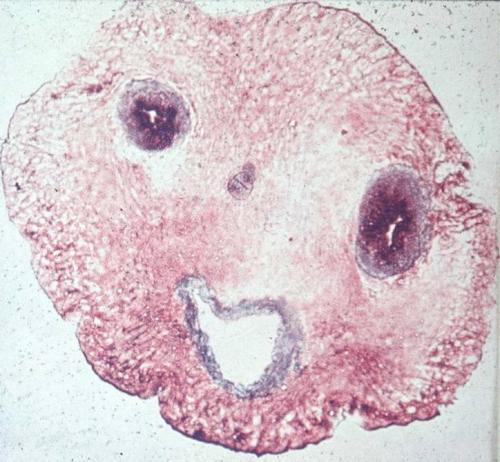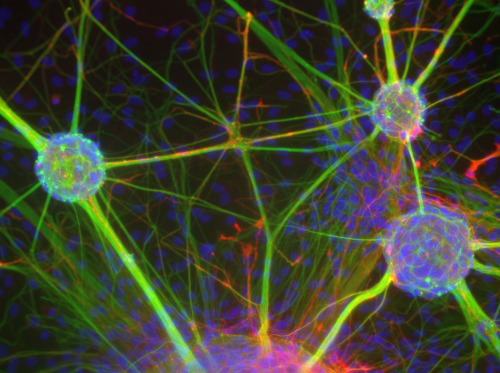Ну разве не радость? Прочитала на http://www.scientificblogging.com/news_releases/50_year_cell_division_mystery_solved_say_researchers
Researchers from Oregon State University say they have resolved a controversy that cellular biologists have been arguing over for nearly 50 years, with findings that may aid research on everything from birth defects and genetic diseases to the most classic "cell division" issue of them all – cancer.
The exact mechanism that controls how chromosomes in a cell replicate and then divide into two cells, a process fundamental to life, has never been completely pinned down, researchers say. You can find the basics in any high school biology textbook, but the devil is in the details.
"Researchers have been debating cell cleavage ever since the cell was discovered, with two basic models proposed around 1960 of how a contractile ring pulls together and allows a single cell to split into two," said Dahong Zhang, an OSU associate professor of zoology. "Part of the problem is that until now there was no decisive way to manipulate the cytoskeleton, such as the microtubules and filaments that are involved, and see what was happening as it occurred."
To address that, Zhang developed some new instrumentation that uses "microneedles" and state-of-the-art imaging techniques which allow direct manipulation of the cytoskeleton, while capturing the results of contractile ring formation. The system has not only solved this decades-old riddle, but "the technology is a very powerful new approach," Zhang said, that should find applications in other cell biology research issues.
It has been known for some time, scientists say, that a "contractile ring," which is composed of some of the same fibers used in muscle contraction, move into the correct position, pull and split a cell in two after its chromosomes have been separated. This is distribution of genetic materials at its most basic level, and it has to be done at exactly the right place and time. When the process breaks down, cancer and other serious medical or genetic issues can be a result.
But if you think of the cell as a sphere, what was less clear was whether the "equator" contracted or the "poles" relaxed to allow this contraction and division. Two distinct theories were formed, called polar relaxation and equatorial stimulation, to explain this aspect of cell division – and some scientists have spent much of their careers arguing for one side or the other.
Turns out, Zhang said, that both sides were correct. Nature and evolution have actually created a basic way for a cell to divide with a backup system that can work if the other approach fails.
"Accurate cell division is one of the most critical of all life functions, and there clearly is an evolutionary value to having redundancy, a system able to do it two different ways," Zhang said. "It makes perfect sense when you think about it. The findings speak plainly for themselves, and there should no longer be a question over which model is right."
By labeling cells and moving microtubules around while still being able to see them and their impact on microfilaments, OSU researchers were able to selectively inhibit one mechanism of cell division or the other. They discovered that in the same cell type, it could divide either by polar relaxation or equatorial stimulation – the two mechanisms are not mutually exclusive.
The findings, Zhang said, add significantly to the basic understanding of cell biology, and should be of special interest to cancer researchers. Cancer is essentially the loss of normal control over cell division and migration. In fact, a compound used in Zhang's laboratory to inhibit cell division while they studied it was taxol – a commonly used cancer drug.
Accurate and effective cell division, researchers say, is also key to the understanding of some genetic diseases, miscarriages, birth defects and other issues.
The studies were supported by the National Science Foundation and the American Heart Association.
04.09.2008
Загадка клеточного деления - разгадана!
Подписаться на:
Комментарии к сообщению (Atom)











0 +:
Dí lo que piensas...